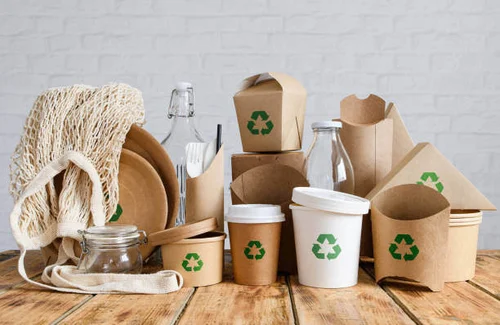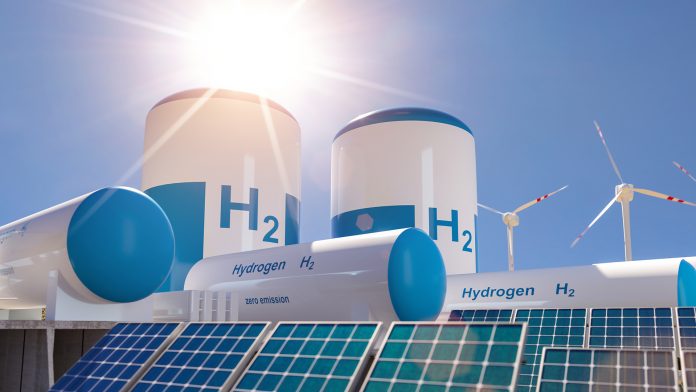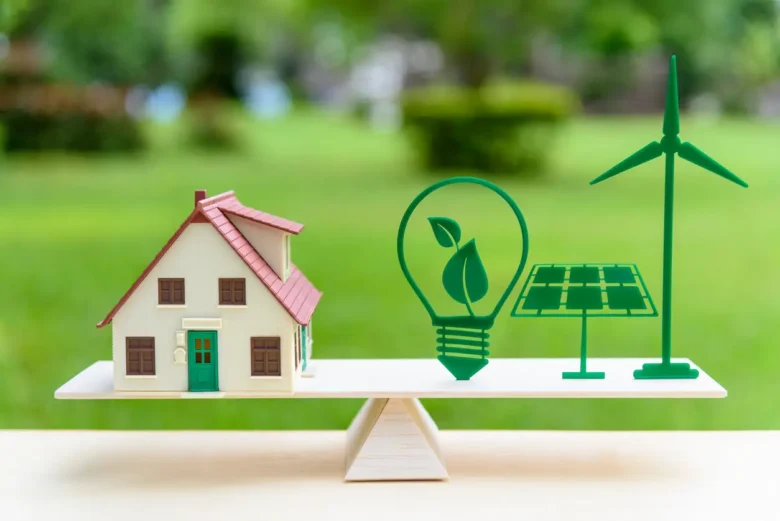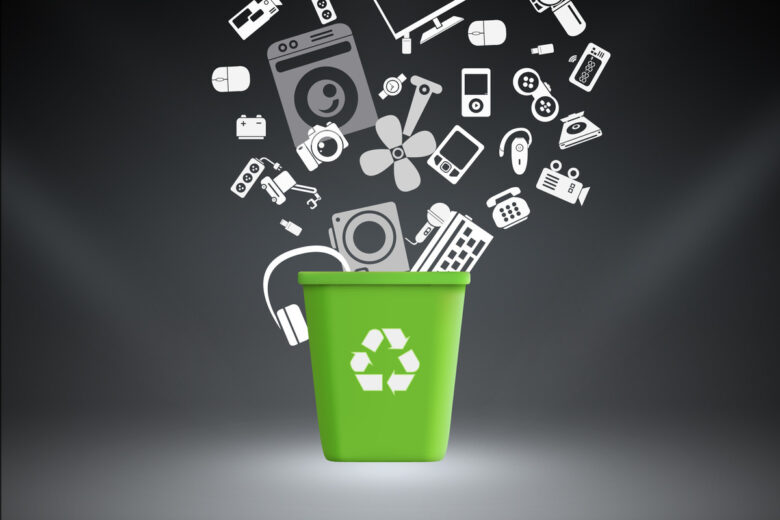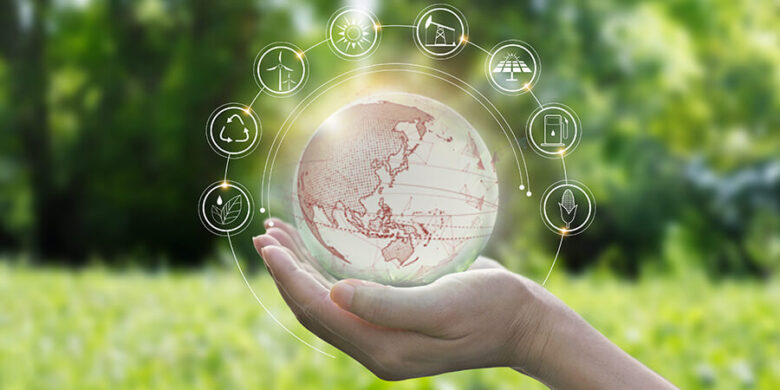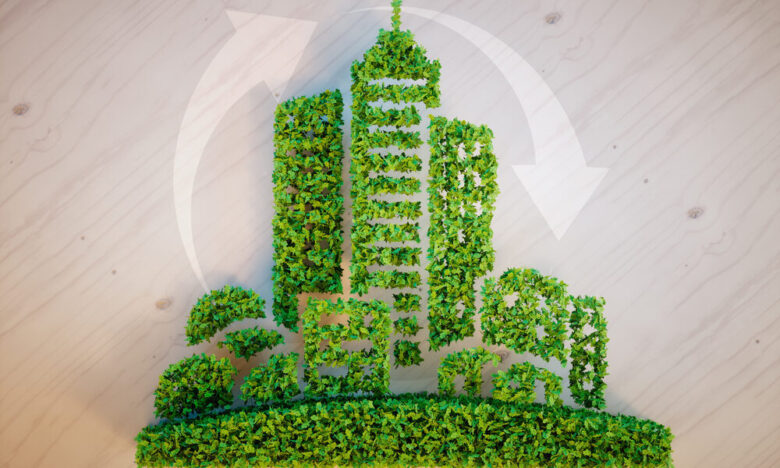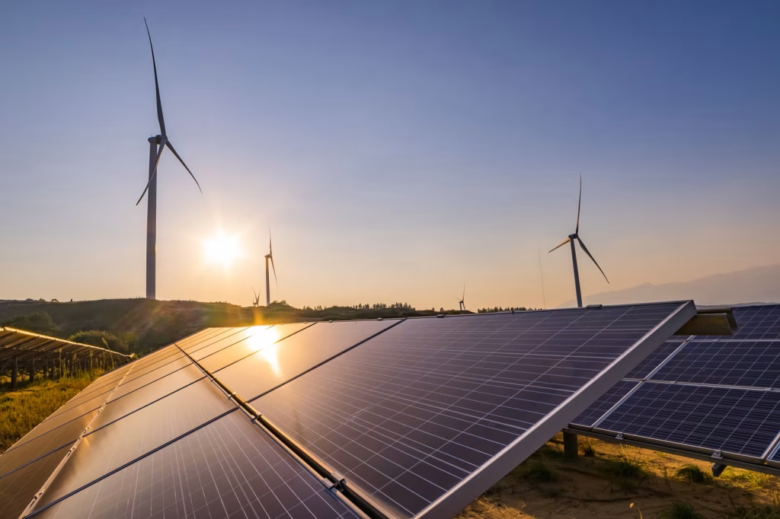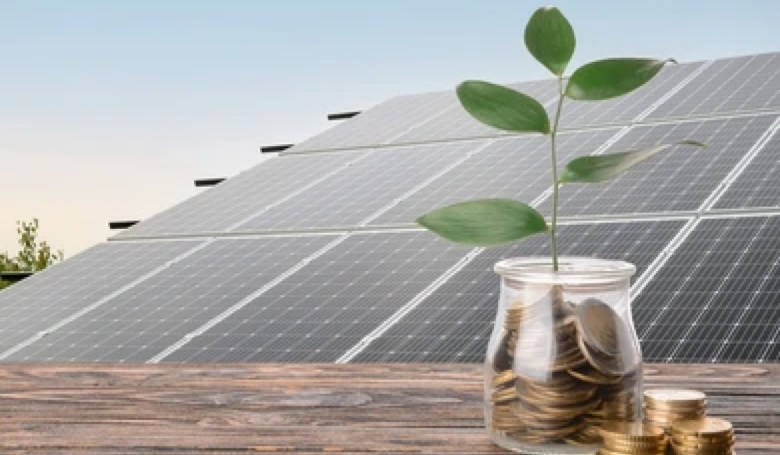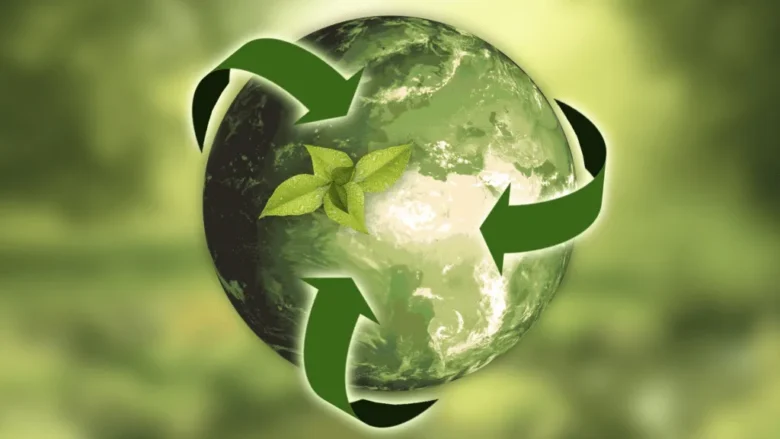Biodegradable material is becoming a vital component of the global fight against environmental pollution. These materials are broken down by microorganisms and leave behind water, carbon dioxide, and biomass. Biodegradable products are a viable alternative to traditional plastics and synthetics that take hundreds of years to decompose. They also align with eco-conscious goals. The shift to …
Hydrogen fuel cells are rapidly becoming a significant player in the pursuit of sustainable, clean energy. With global conversations shifting toward reducing our carbon footprint and mitigating the effects of climate change, renewable energy sources have taken center stage. Hydrogen, one of the most abundant elements in the universe, is now being harnessed as a …
Energy efficiency is one of the most effective ways to minimize energy waste, reduce utility bills, and contribute to the fight against climate change. By investing in energy-efficient upgrades, homeowners not only create a more comfortable living environment but also reduce their carbon footprint. A greener home isn’t just about helping the planet—it’s about creating …
Rapid technological advancements have revolutionized our lives, the way we work, and how we communicate with each other. With each new gadget comes an inevitable result–the growth of electronic waste (or e-waste). Our reliance on technology, from outdated smartphones to discarded computers, has created an environmental challenge. This blog will examine the environmental impact of …
Climate change and the depletion of resources are pressing issues at this turning point in the world. Sustainable living has become more important than ever. The concept of green technology (also known as “greentech”) is more than a concept. It’s a revolution that will pave the way to a sustainable future. Green tech is a …
Sustainable construction is no longer a niche idea but a crucial component in the global fight against climate change. It involves building and managing structures to minimize environmental impact while maximizing resource efficiency. This approach is aimed at reducing the carbon impact of buildings during their entire lifecycle, from the extraction of raw material to construction, …
Water is one of Earth’s most valuable resources, but it is becoming increasingly scarce due to population growth, climate change, and unsustainable consumption. According to the United Nations, by 2025, two-thirds of the world’s population could face water shortages. To combat this, innovative water-saving technologies are emerging across industries, homes, and communities. These solutions focus …
As the world strives to reduce its environmental impact, energy efficiency and sustainability have become more important. Smart grids are at the forefront of the evolution, as they represent a revolutionary technology that will transform the way energy is produced, distributed, and consumed. Smart grids combine traditional energy networks and cutting-edge digital communication technologies to …
Solar energy is no longer just a buzzword in the realm of clean energy; it’s a practical solution that benefits both your wallet and the environment. The rising costs of traditional energy sources, combined with increasing concerns about climate change, have made solar power a popular choice for more households and businesses. But how does …
Waste is an inevitable byproduct of human activity, but the scale at which we generate and discard waste today is unsustainable. The traditional “take, make, waste” model has placed significant strain on our planet’s resources and ecosystems, leaving us in an era characterized by diminishing resources and growing environmental challenges. The circular economy offers a …

